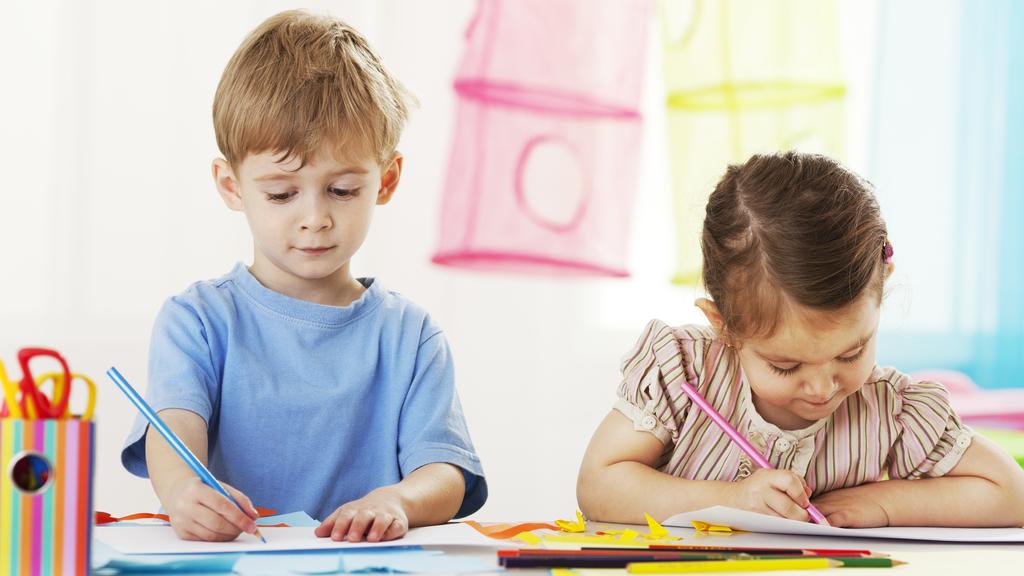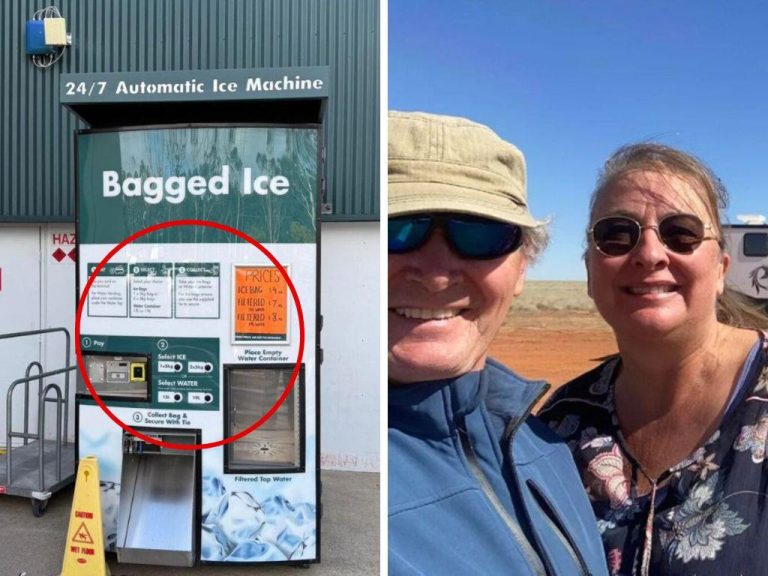Young adults in Australia face homeownership battle as childcare costs bite

First-time motherhood over 35 has risen from about 15 per cent in 2000 to about 24 per cent in 2023.
Buying a first home and building a family are significant milestones in one’s life, often representing the culmination of personal aspirations and long-term planning.
However, each passing generation has been attaining these milestones later in life compared to their predecessors, reflecting shifts in economic conditions, social norms, and lifestyle choices.
According to the ABS’s Births data, the median age for first-time mothers in Australia has increased from 27 years in the early 2000s to 31 years in 2023. For first-time fathers, the median age has risen from approximately 31 years in the early 2000s to around 34 years in 2023.
The proportion of first-time mothers aged 35 and over has risen from about 15 per cent in 2000 to about 24 per cent in 2023. Over the same period, the proportion of first-time fathers aged 40 and over has increased from about 9 per cent to 15 per cent. This highlights a prevailing trend towards postponing parenthood.
According to National Housing Finance and Investment Corporation report, the median age of first home buyers increased from 31 years in 2010 to 34 years in 2023.
The home ownership rate among Australians aged 25-34 has decreased from 54 per cent in 1991 to 37 per cent in 2023. The trend towards delayed first home buying and family formation in Australia is a multifaceted issue driven by rising economic pressures and changing social norms.
Buying a first home and starting a family are interrelated decisions, with each influencing the other.
Let’s look at some factors that are at play for the young adults today influencing these decisions.
With the rise of knowledge-based work opportunities and the threat of job displacement due to automation, mechanisation, and digitisation, obtaining a university education has become essential for young people entering the workforce to ensure long-term career sustainability.
More young adults are prioritising higher education and career progression before contemplating starting a family. According to the ABS’s Education and Work data, the proportion of younger Australians aged 25-34 with a tertiary qualification (bachelor’s degree or higher) increased from 24 per cent in 2001 to 48 per cent in 2023.
ATO data reveals that for the 2022-23 financial year, nearly three million individuals had an outstanding HELP debt, totalling approximately $78bn.
Among these, females aged 20-29 constituted the largest group of borrowers, making up 26 per cent of the total, followed closely by males in the same age bracket, accounting for 19 per cent of all borrowers. Females aged 30-49 comprised 19 per cent of borrowers, while men in the same age group made up 10 per cent.
Overall, individuals aged 20-39 accounted for 71 per cent of all borrowers. The average student debt was $26,494 in the 2022-2023 fiscal year.

Wage growth has not kept pace with rising house prices.
According to the ABS Labour Force Survey and Average Weekly Earnings data, the annual income for full-time workers aged 25-34 was about $78,000 for men and $72,280 for women before tax.
For a couple working full-time in this age group, we can estimate the income to be around $8969 after tax and super cuts. Let’s assume that both the persons had a student loan, then this figure would sit at $8657 a month.
High costs of living, particularly in major cities, have further strained the ability of young Australians to save for a home. Expenses such as rent, utilities, and transportation consume a large portion of incomes, leaving less available for savings. CoreLogic data places the national median rent at $627 in April 2024. This works out to about $2717 a month.
Monthly living expenses for a couple typically range from $3000 to $4000 a month depending on location and lifestyle covering utilities, food, transportation, insurance, entertainment and miscellaneous expenses such as household items, personal care, clothing, etc.
For an average couple where both persons are working full time, the savings left after rent and living costs should work out a little less than or around $3000 a month.
According to CoreLogic, the median price of a house in Australia is about $833,854 in April 2024. In Sydney it is a whopping $1.4m, about $935,000 in Melbourne and $909,000 in Brisbane. Let’s take the median house prices across capital cities which is $956,782. The 20 per cent deposit required for buying the house works out to about $191,356. For an average couple, it would take roughly a little more than five years to save up for a deposit assuming a consistent savings of $3000 a month.
We need to keep in mind that in five years’ time, the house prices will increase.
Wage growth has not kept pace with rising house prices, with the average annual wage increase in Australia hovering around 2.5 per cent compared to a 5.7 per cent annual increase in house prices.

Starting a family shouldn’t be an either/or consideration.
The disparity between wage growth and house price increases has made it increasingly difficult for young adults to save enough for a home deposit.
Although many lenders service with a minimum 5-10 per cent deposit, higher deposits are often required due to stricter lending standards, including higher serviceability buffers, making it harder for buyers to qualify for loans.
First-time home buyers often compete with investors who are better positioned financially and can offer more attractive terms, such as larger deposits or quicker settlement times.
In 2023, investor activity accounted for approximately 30 per cent of housing market transactions, exacerbating competition for limited housing stock.
The high cost of living and rising housing prices has been significant factors in delaying parenthood.
Many young adults prioritise achieving financial stability and homeownership before starting a family. The average cost of raising a child from birth to 18 years in Australia is estimated to be around $450,000. The first year alone can cost parents up to $16,000 for essentials such as childcare, health expenses, and baby products.
Additionally, childcare costs have surged, with average annual expenses for full-time care exceeding $22,000 per child.
For a couple working full-time with average wages, childcare takes away about $1800 from the savings, further increasing the time needed to save up for a deposit.
Even public schooling can involve significant out-of-pocket expenses for uniforms, books, and extra-curricular activities, averaging around $5000 per year per child. If a couple has already purchased their home, with the current RBA lenders’ rate at 6.4 per cent for existing loans and a median house price of $956,782 across capital cities, their monthly mortgage repayments amount to approximately $4788 assuming they put down a 20 per cent deposit.
Based on the average income for a couple mentioned earlier, subtracting mortgage, living costs, and childcare expenses reveals a potential monthly deficit of approximately $1000 with their current earnings.
This financial strain is particularly impractical for many couples, especially in major capital cities.
Today, young adults face a particularly challenging decision, akin to a modern-day “Sophie’s Choice”: whether to prioritise starting a family or securing their first home.
The rising costs of homeownership and the substantial financial commitment required to raise children create a daunting scenario in which achieving both goals simultaneously seems increasingly unattainable.

Hari Hara Priya Kannan of The Demographics Group.
Programs such as the First Home Owner Grant and the First Home Loan Deposit Scheme aim to assist first-time buyers, but their impact is limited by the scale of the housing affordability issue.
The latter allows eligible first-time buyers to purchase a home with a deposit as low as 5 per cent, but the number of available places is limited, often falling short of demand.
Parental leave and childcare subsidies are available, yet they often fall short of the actual costs, leaving many families struggling to balance homeownership and parenthood.
Furthermore, there is a lack of integrated policies that address both housing affordability and family support simultaneously, with current policies often treating these issues separately and failing to consider the cumulative impact on young adults trying to manage both priorities.
As such, the dilemma of choosing between buying a home and starting a family remains a significant challenge for young adults today, requiring comprehensive policy solutions that address the financial pressures and provide adequate support for both housing and family formation.
Hari Hara Priya Kannan is data scientist at The Demographics Group







